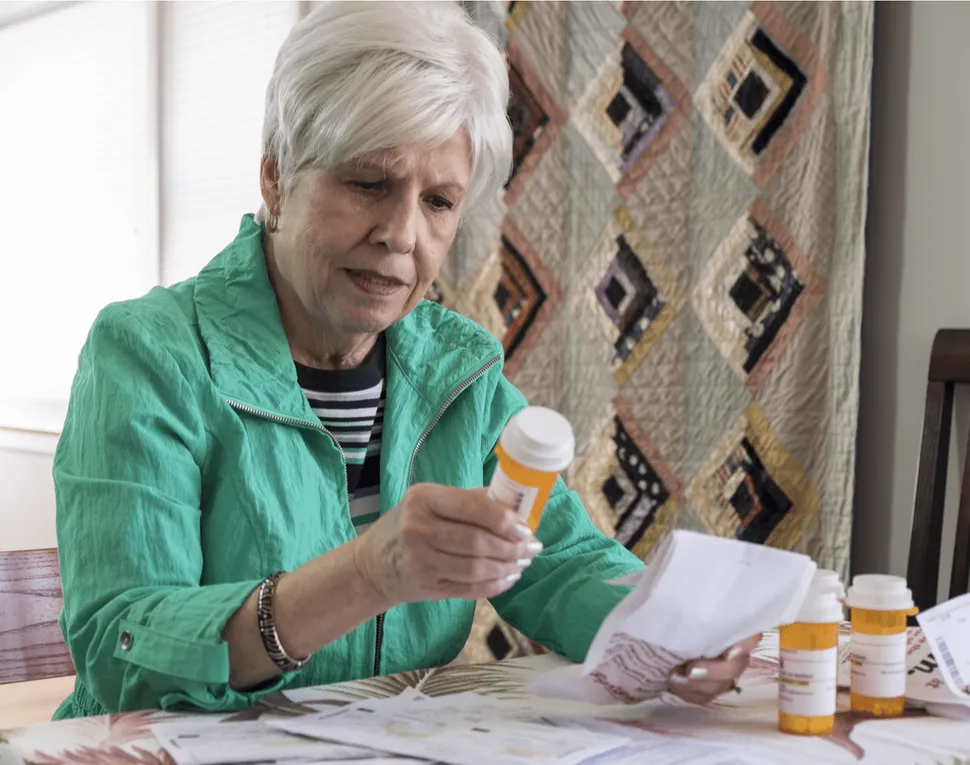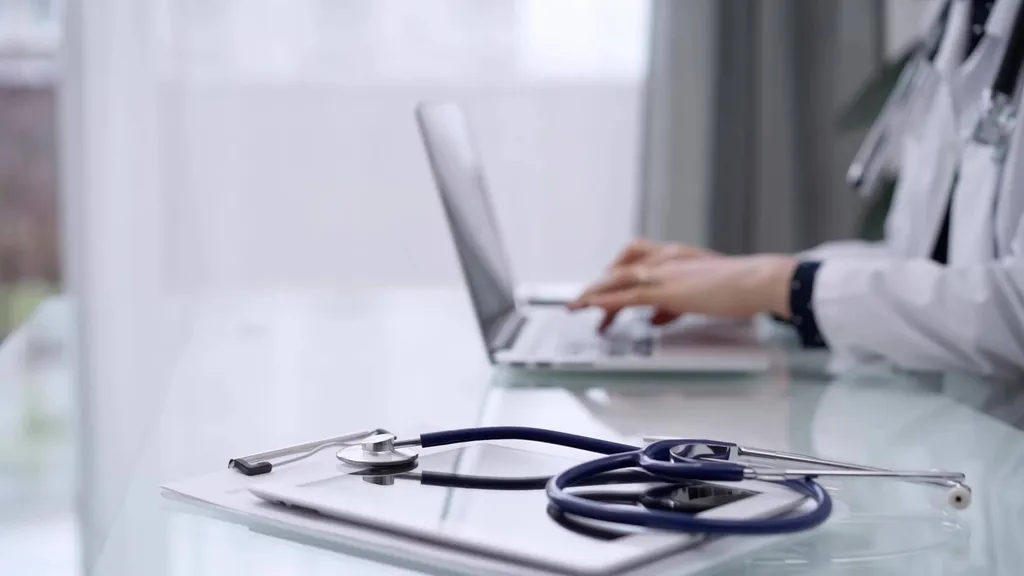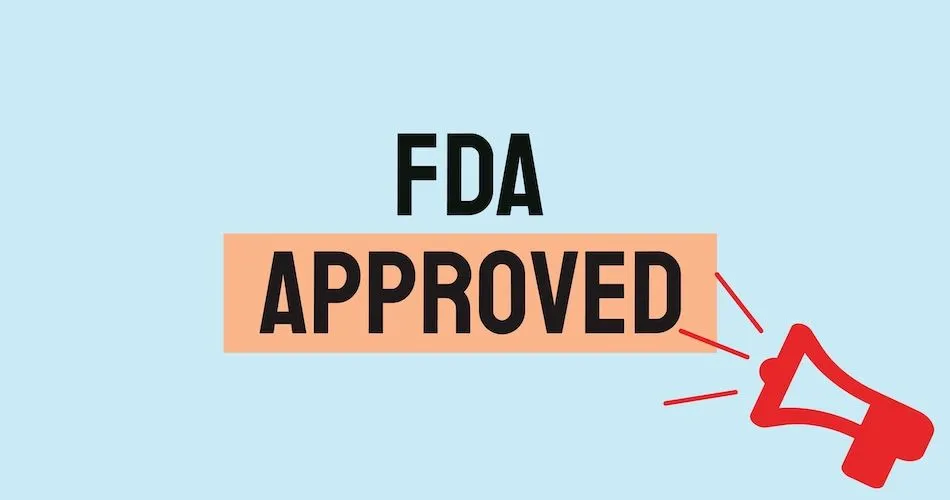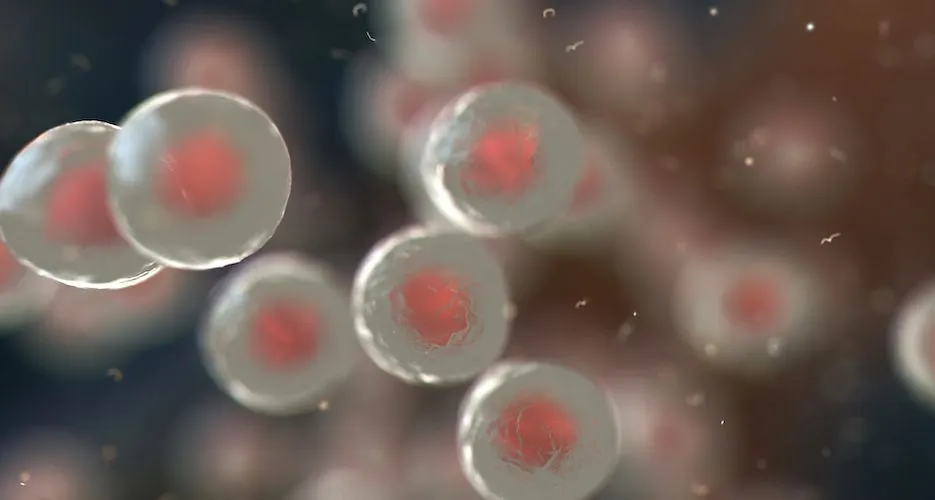Managing AML Treatment Related Side Effects

With AML treatment comes side effects. Some may experience them more strongly than others, but it’s always good to be prepared and have a plan to help if and when symptoms occur.
You’ll want to contact your doctor or go to the emergency room if you have more severe symptoms such as a high fever, blood in the urine or stool, uncontrollable bleeding, nausea or vomiting that prevents you from eating or drinking, severe diarrhea or constipation, shortness of breath, abnormal pain, swelling or itching.
Some of the most common side effects of AML treatment include: nausea, bruising, fatigue, taste changes, irritation of the lining of the mouth, throat and gut (mucositis) and bowel changes.
Let’s review a few common side effects and discuss tips for managing them:
Nausea: It’s important to stay on top of taking your anti-nausea medications as prescribed by your doctor. If you find the nausea isn’t completely controlled with medication, there are many other strategies you could consider.
- Eating smaller, more frequent snack sized meals spread out throughout the day instead of the standard 3 meals per day can help if the nausea is triggered by eating or the smell of foods.
- Try ginger. You can use ginger candies, ginger tea or blend peeled ginger into smoothies.
- Consider aromatherapy with peppermint oil. You can apply a damp washcloth with the oil to the back of your neck for 30 min, rub a few drops on your wrist, or inhale it as needed.
- Engage in relaxation techniques such as listening to music, deep breathing exercises, meditation or yoga.
Fatigue: Fatigue can keep you from being able to do daily activities or things you enjoy. Use physical activity and good nutrition to combat low energy.
- It’s important to listen to your body and rest when you need to rest. However, if you’re medically able to do light exercise, this can be beneficial. Try walking outside, a light yoga flow or chair exercises on days the fatigue isn’t overwhelming. It’s also helpful to perform movement that uses your muscles such as bodyweight exercises, gardening or light chores around the house several times per week.
- Meeting your calorie needs is crucial for reducing fatigue, and eating foods that provide nutrients like vitamin B12 and iron is also helpful. Vitamin B12 and iron are most often found in animal proteins like chicken, fish, beef, pork and eggs. Try adding a high quality protein source at every meal and snack.
Diarrhea/Constipation: Changes to bowel habits is common with AML treatment. Hydration and fiber intake are two key ways to manage these side effects.
- Make sure you are staying well hydrated. Listen to your body to assess for adequate hydration. If you are feeling thirsty often, you are likely not drinking enough water throughout the day. You also might not be drinking enough water if your urine is darker than a light lemonade color, your lips are chapped or if you pinch the skin on the back of your hand and it does not rebound quickly.
- Choose foods with fiber to help regulate the time it takes for food to move through your gastrointestinal tract. Good fiber sources include avocado, oatmeal, berries and lentils. Avoid triggering foods. This looks different for everyone but if you notice diarrhea or constipation after eating a certain food, it might be best to avoid that food for the next few days. Often coffee, alcohol, spicy foods and foods with high amounts of added sugar can make diarrhea worse.
Managing Your Side Effects
Managing side effects is both an art and a science. It will take some time to understand what strategies work best for you. If a strategy doesn’t work perfectly the first time, don’t give up! Keep trying different techniques until you feel relief. Your doctor, nurse, dietitian, psychologist, pharmacist and other healthcare providers are very knowledgeable in side effect management and can help as well. Keep a symptom journal so that the next time you visit with them, you can be clear about what symptoms you are experiencing and when. This will help your provider give you personalized feedback and suggestions and lead to relief sooner.
With AML treatment comes side effects. Some may experience them more strongly than others, but it’s always good to be prepared and have a plan to help if and when symptoms occur.
You’ll want to contact your doctor or go to the emergency room if you have more severe symptoms such as a high fever, blood in the urine or stool, uncontrollable bleeding, nausea or vomiting that prevents you from eating or drinking, severe diarrhea or constipation, shortness of breath, abnormal pain, swelling or itching.
Some of the most common side effects of AML treatment include: nausea, bruising, fatigue, taste changes, irritation of the lining of the mouth, throat and gut (mucositis) and bowel changes.
Let’s review a few common side effects and discuss tips for managing them:
Nausea: It’s important to stay on top of taking your anti-nausea medications as prescribed by your doctor. If you find the nausea isn’t completely controlled with medication, there are many other strategies you could consider.
- Eating smaller, more frequent snack sized meals spread out throughout the day instead of the standard 3 meals per day can help if the nausea is triggered by eating or the smell of foods.
- Try ginger. You can use ginger candies, ginger tea or blend peeled ginger into smoothies.
- Consider aromatherapy with peppermint oil. You can apply a damp washcloth with the oil to the back of your neck for 30 min, rub a few drops on your wrist, or inhale it as needed.
- Engage in relaxation techniques such as listening to music, deep breathing exercises, meditation or yoga.
Fatigue: Fatigue can keep you from being able to do daily activities or things you enjoy. Use physical activity and good nutrition to combat low energy.
- It’s important to listen to your body and rest when you need to rest. However, if you’re medically able to do light exercise, this can be beneficial. Try walking outside, a light yoga flow or chair exercises on days the fatigue isn’t overwhelming. It’s also helpful to perform movement that uses your muscles such as bodyweight exercises, gardening or light chores around the house several times per week.
- Meeting your calorie needs is crucial for reducing fatigue, and eating foods that provide nutrients like vitamin B12 and iron is also helpful. Vitamin B12 and iron are most often found in animal proteins like chicken, fish, beef, pork and eggs. Try adding a high quality protein source at every meal and snack.
Diarrhea/Constipation: Changes to bowel habits is common with AML treatment. Hydration and fiber intake are two key ways to manage these side effects.
- Make sure you are staying well hydrated. Listen to your body to assess for adequate hydration. If you are feeling thirsty often, you are likely not drinking enough water throughout the day. You also might not be drinking enough water if your urine is darker than a light lemonade color, your lips are chapped or if you pinch the skin on the back of your hand and it does not rebound quickly.
- Choose foods with fiber to help regulate the time it takes for food to move through your gastrointestinal tract. Good fiber sources include avocado, oatmeal, berries and lentils. Avoid triggering foods. This looks different for everyone but if you notice diarrhea or constipation after eating a certain food, it might be best to avoid that food for the next few days. Often coffee, alcohol, spicy foods and foods with high amounts of added sugar can make diarrhea worse.
Managing Your Side Effects
Managing side effects is both an art and a science. It will take some time to understand what strategies work best for you. If a strategy doesn’t work perfectly the first time, don’t give up! Keep trying different techniques until you feel relief. Your doctor, nurse, dietitian, psychologist, pharmacist and other healthcare providers are very knowledgeable in side effect management and can help as well. Keep a symptom journal so that the next time you visit with them, you can be clear about what symptoms you are experiencing and when. This will help your provider give you personalized feedback and suggestions and lead to relief sooner.

about the author
Katie Braswell
Katie joined HealthTree as the Community Director for AML in 2021 and became HealthTree's Director of Education in 2023. Katie is a registered dietitian who is passionate about health literacy and patient empowerment. She loves to cook, travel and spend time with her newborn son, husband and dog.
More on Navigating Your Health
Trending Articles

Get the Latest Acute Myeloid Leukemia Updates, Delivered to You.
By subscribing to the HealthTree newsletter, you'll receive the latest research, treatment updates, and expert insights to help you navigate your health.










